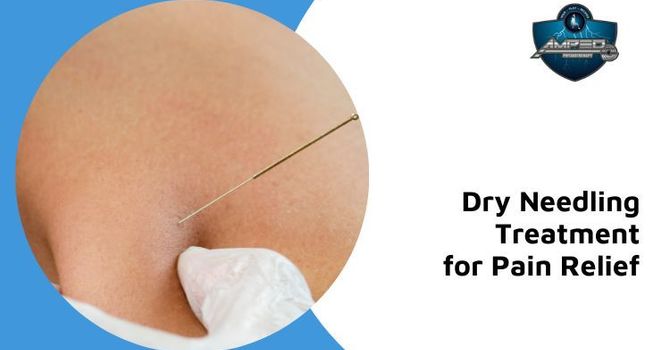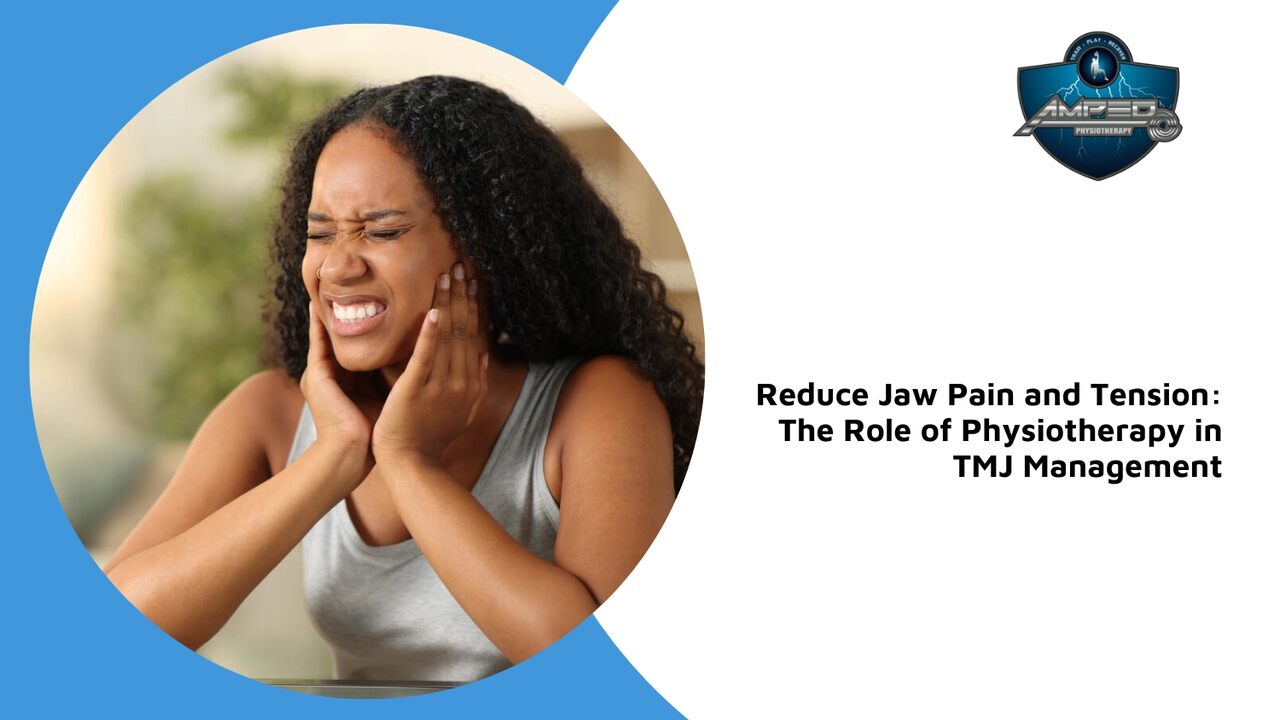
Pain is an universally-shared experience, no matter your time, place or culture. In Canada alone, about one in four people suffers from recurring discomfort at any particular period of time, and in most cases, it may be challenging to find a treatment plan for patients to experience relief. While there are many solutions available for various kinds of discomfort, there aren’t any single options that work for everybody.
Minimizing pain isn’t always as simple as prescribing a pain-killer or NSAID drug. In truth, some patients can’t take these kinds of medicines because of risk factors like surgery, age or pre-existing conditions such as high blood pressure. That’s the reason pain management specialists throughout the country are relying on integrative healthcare to supplement conventional care and help clients handle their chronic pain. One such advanced practice gaining in popularity among health care specialists is known as “dry needling”.
Dry needling is an alternative treatment for pain management performed by a physio therapist. It is typically practiced in combination with other remedies like massage, heat or ice therapy, and exercise. This treatment option has been growing in popularity in pain management and physiotherapy practices across the country thanks to its simplicity of usage, effectiveness, and inexpensiveness. In this short article, you’ll learn precisely what dry needling is, who can profit from it and how it works to relieve or do away with pain.
What Is Dry Needling?
Dry needling, or intramuscular stimulation (IMS), is a type of treatment that applies tiny needles that are placed into particular connective tissues or muscles to stimulate the body’s restorative healing reaction. While acupuncture makes use of a combination of fine needles placed around the whole body, dry needling is done using a single needle at one specific place. Dry needling is thought to eliminate pain by energizing the nervous system and resolving misalignments in muscle, joint and connective tissues.
Dry needling is commonly utilized as a treatment option for muscle convulsions, trigger points and rigidity. Overworked or wounded muscles are sometimes too weak to successfully stretch and return, which can result in pain. If a person has pain in their shoulders, for example, dry needling may be employed to help relax the pectoralis minor muscle, which is typically connected with shoulder discomfort.
How Does Dry Needling Function?
Dry needling is believed to work by interacting with the nerve system and activating the body’s natural discomfort relief process for the alleviation of pain. Once a filament is inserted into a painful muscle or connective tissue, it’s believed that the body generates a natural chemical substance called serotonin.
Serotonin is a naturally occurring compound in the body that is involved in regulating mood, sleep and food digestion, to name a few bodily functions. When serotonin is released by the body, it travels into the bloodstream and binds to receptors all through the body, especially the central nervous system.
As soon as these serotonin receptors are triggered, the body experiences a decrease in discomfort and anxiety, as well as an increase in sensations of calm and relaxation. Other studies have shown that dry needling can promote the release of endorphins, which are another type of natural chemical that can help in reducing discomfort and enhance state of mind.
Benefits of Dry Needling
Dry needling has many benefits for acute or chronic pain sufferers. It can be put to use as a part of a pain management program in conjunction with other treatments such as exercise or massage. It is oftentimes employed for treating musculoskeletal pain associated with the back, shoulders, knees and other joints, together with muscle tension and sports injuries.
Dry needling is in certain cases utilized in place of opioid drugs and other injection treatments thanks to its lower danger of adverse reactions and consequences. Dry needling has also been demonstrated successful at lessening long term pain and increasing function in people with back and knee pain, in addition to fibromyalgia symptoms.
Who Can Benefit From Dry Needling Services?
Dry needling techniques may be applied to address a wide range of musculoskeletal conditions, including low back pain, neck pain, knee discomfort, shoulder pain and chronic discomfort associated with repetitive pressure injuries, such as computer-related injuries or carpal tunnel syndrome.
Dry needling has also been applied to address fibromyalgia, a condition characterized by long term muscle discomfort and fatigue. Dry needling is oftentimes applied in combination with other treatments, including medication and physiotherapy, to alleviate fibromyalgia. Even individuals that are not recuperating from a particular injury or surgical treatment can experience the advantages of dry needling.
Is Dry Needling Safe?
Dry needling is normally regarded as a safe procedure when performed by an experienced professional. It’s sometimes combined with other treatments such as active stretching or massage to improve the impact of the needling. There are some unusual drawbacks related to dry needling, including bleeding, bruising, skin inflammation or infections.
Dry needling can likewise cause a mild negative response in some people, especially those who are hypersensitive to the glue applied to hold the filaments in position. It is very important to note that dry needling is distinct from acupuncture, which is often utilized to treat pain and is typically considered a secondary treatment. While dry needling is applied to address pain, acupuncture is made use of to treat a variety of disorders, including chronic discomfort and stress and anxiety.
How to Locate a Practice Offering Dry Needling
If you’re suffering with long term discomfort or intense injury discomfort, speak with your medical professional about whether dry needling might be a possibility for you. Lots of pain management centres and physiotherapy centres supply dry needling as a treatment solution for persistent pain, especially back and knee discomfort. If you have an interest in dry needling, ask your local physiotherapist about what procedures are used.
Make sure the physiotherapist is licensed and uses sterile needles that are thrown away after one use or disposable needles. It is likewise crucial to note that you really should steer clear of dry needling if you have a blood clotting condition, if you are pregnant, or if you have a pacemaker.
Conclusion
Dry needling is a sought-after pain management procedure that’s frequently applied to alleviate low back discomfort, neck pain, knee pain, shoulder pain and long term discomfort connected with repetitive pressure injuries. Dry needling has likewise been utilized to relieve fibromyalgia, a condition characterized by persistent muscle pain and fatigue.
Dry needling may be used as an aspect of a pain management strategy in combination with other therapies like massage or exercise.
If you’re living with long term discomfort, talk with your physiotherapist about whether or not dry needling could be a choice for you. Lots of people discover that routine dry needling procedures help alleviate their discomfort, or even eliminate it entirely. Try dry needling to enjoy increased movement, lowered pain and a greater quality of life.
Call us right away and we can start relieving your discomfort and get you on the path toward recovery. The vast majority of our clients see immediate results. Now scheduling new clients!










